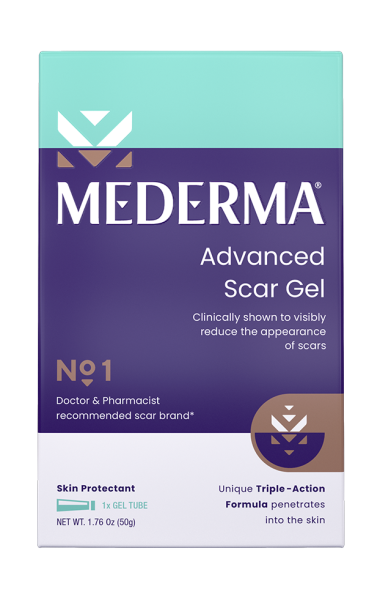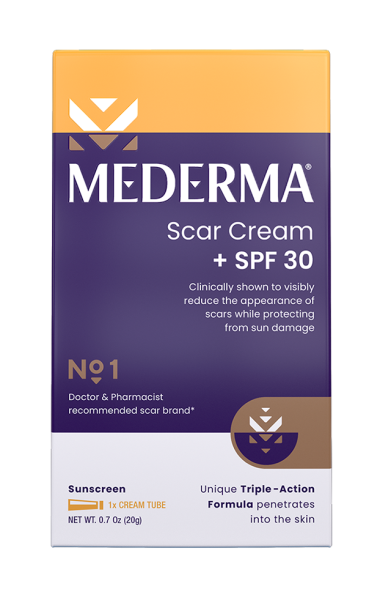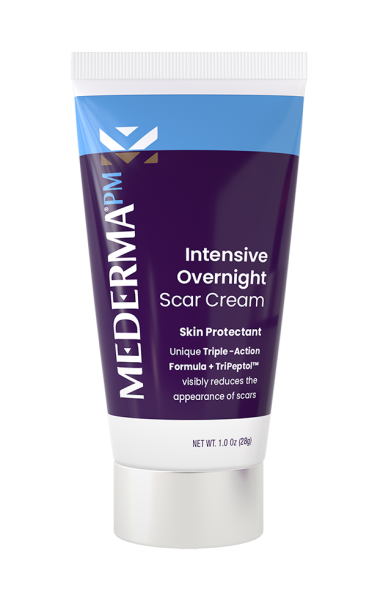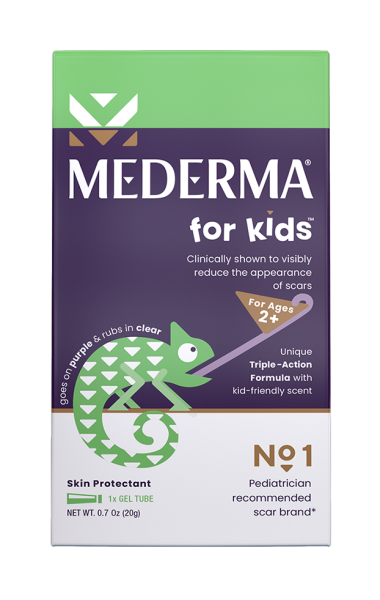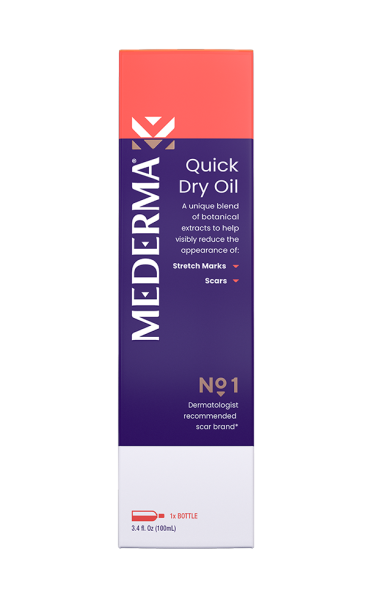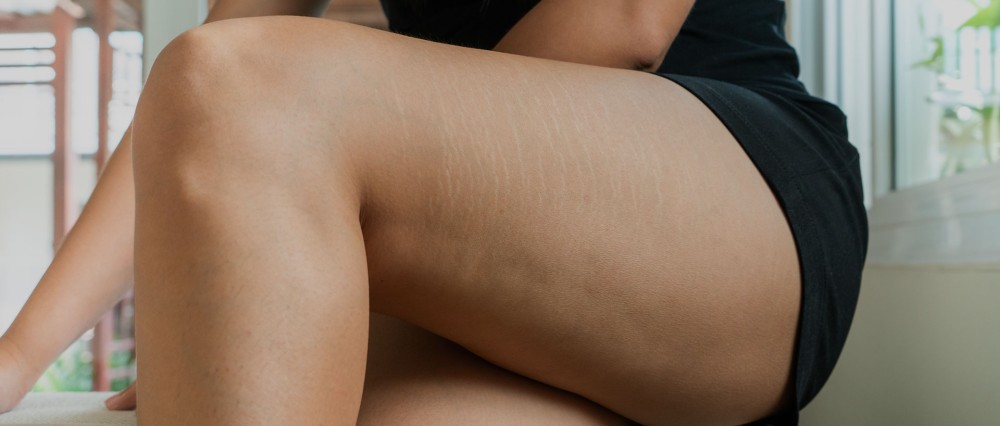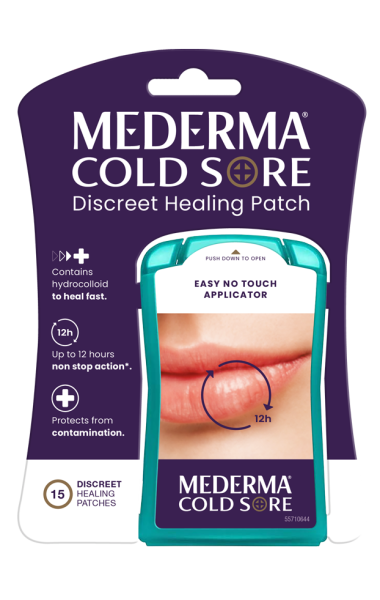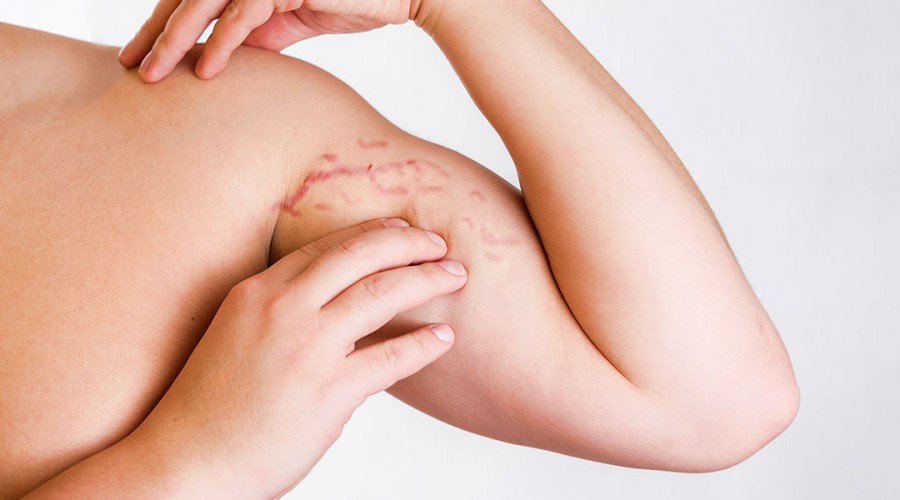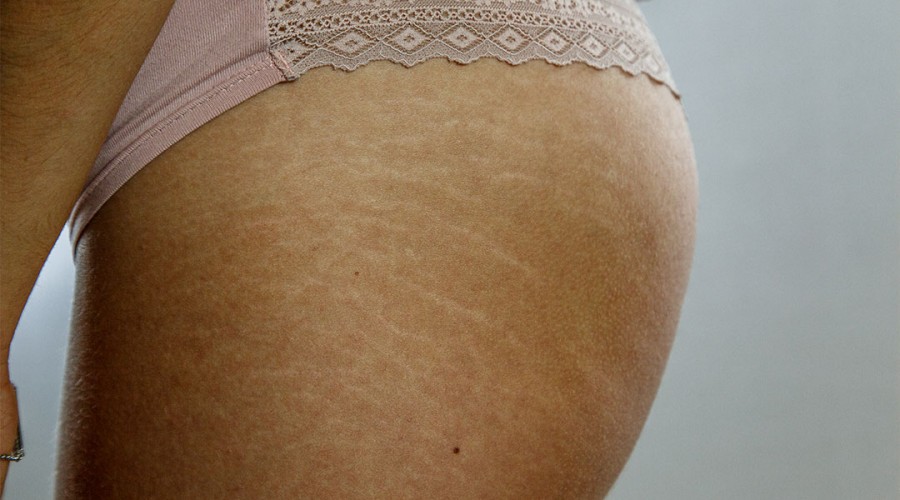Are you looking to flaunt your new beach body, but feeling worried about stretch marks after weight loss? While harmless, they might be a visible reminder of the body you’ve worked so hard to leave behind.
If stretch marks before, or after, weight loss are on your mind, dive in and find out how to change the picture left behind from your past body!
- Weight gain or weight loss can cause stretch marks to form
- Preparing your body for weight changes can help prevent or reduce the impact of stretch marks
- You can also reduce their impact with creams and other treatments
In this article, we’ll take a look at:
- Why you may get stretch marks before and after weight loss.
- How to prevent stretch marks during, or after, losing weight.
- How to treat stretch marks.
Why do I get stretch marks when I lose weight?
Excess skin after rapid, massive weight loss might cause some stretching and tearing,[1] but the majority of stretch marks are not actually caused when you lose the weight. Weight gain is more likely to cause stretch marks, especially on your stomach. They do however usually become more visible when you shed the pounds again.
Overall, several factors including hormones and genetics determine how prone you are to getting stretch marks after weight loss,[2,3]pregnancy and birth, or rapid gain of muscle mass followed by its loss. In these cases, the skin can be stretched too fast for the underlying connective tissue to keep up and thus causing it to rupture. This leaves a type of scar – the stretch mark.[2]
The appearance of stretch marks before and after weight loss can differ. When stretch marks are still fresh (upper image) they usually appear as red or pink to purplish-blue streaks, and the skin may appear very thin or slightly elevated. Over time they become more scar-like: thinner, paler, and rather indented (lower images).
